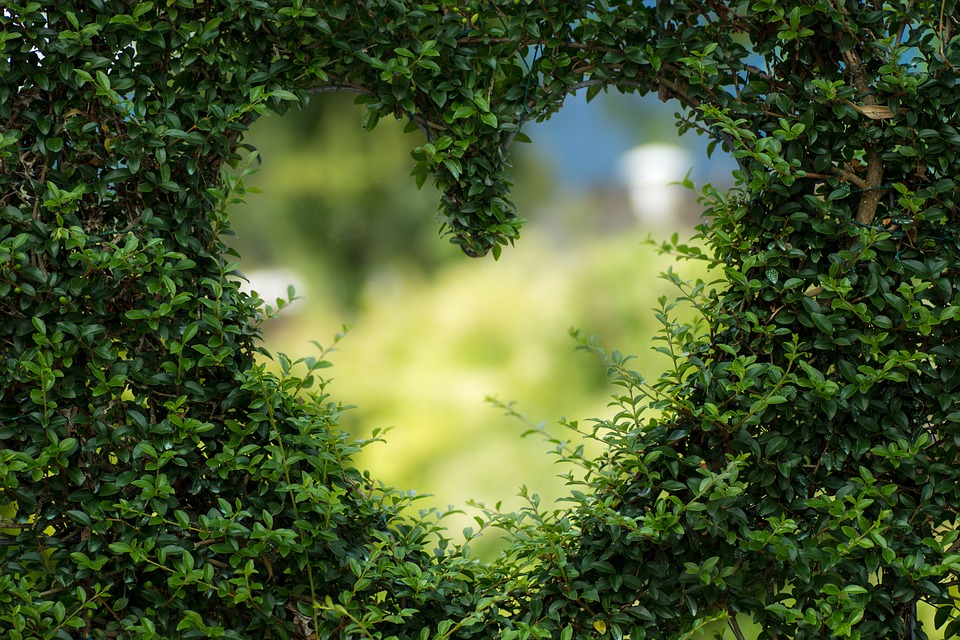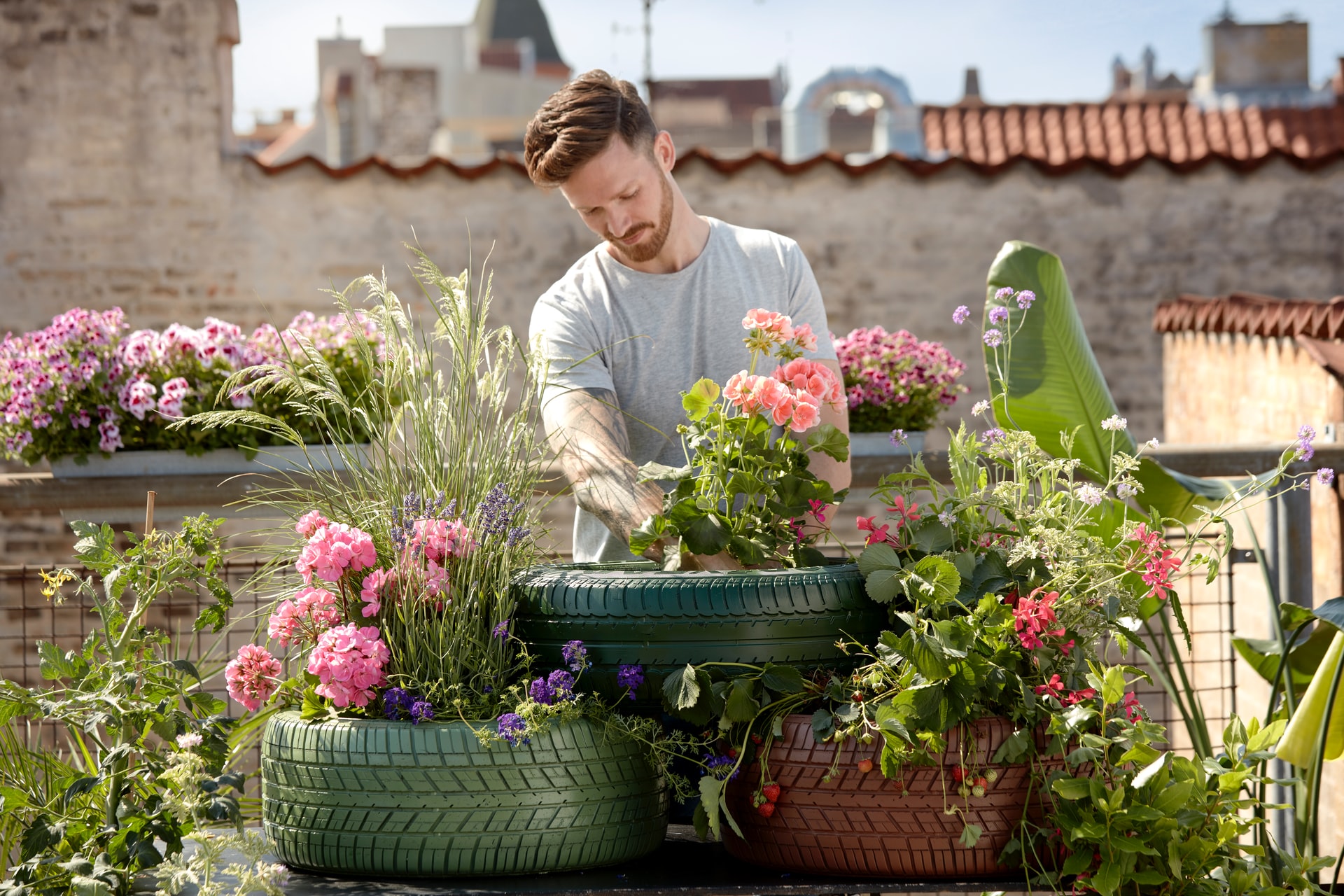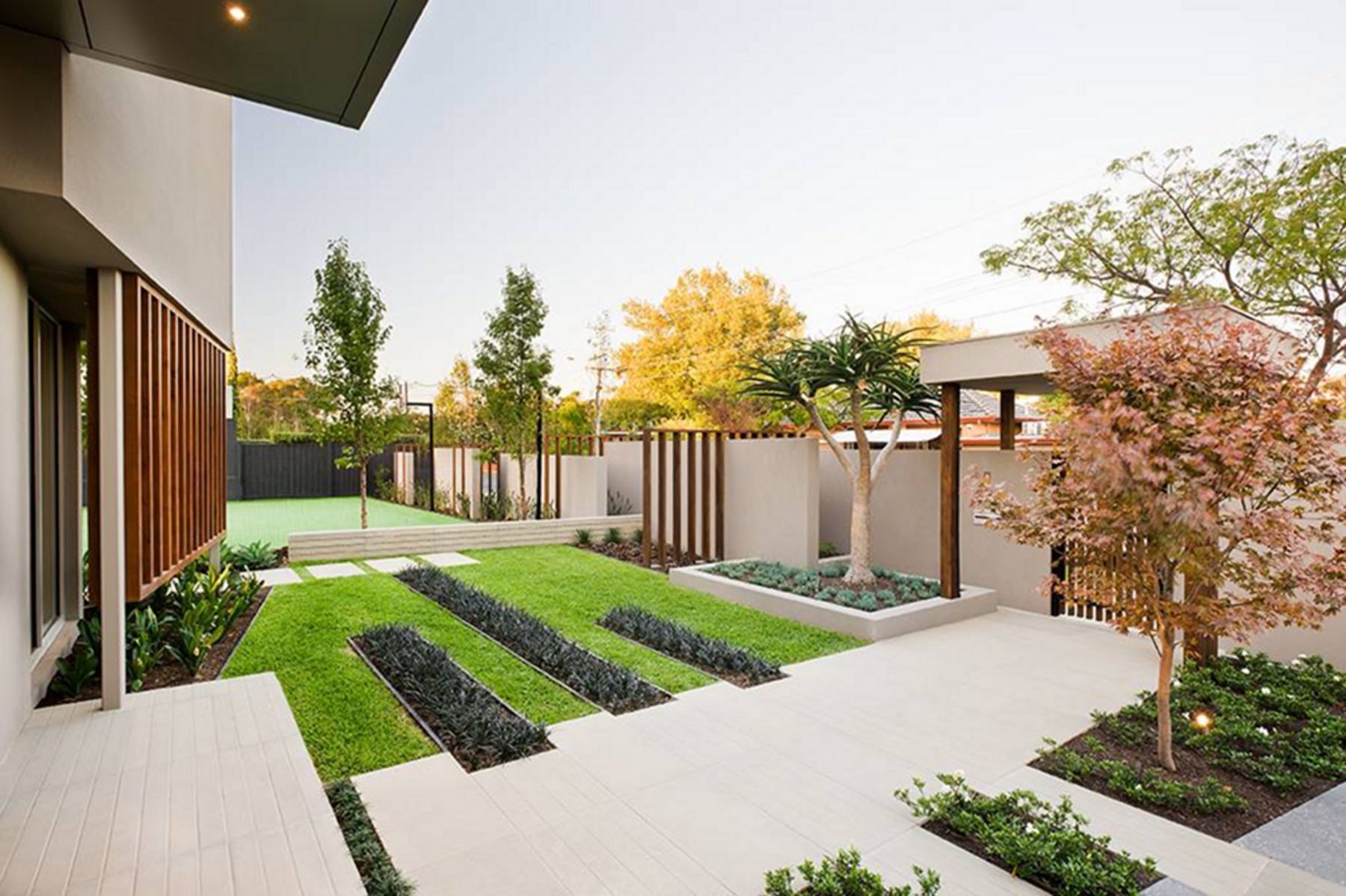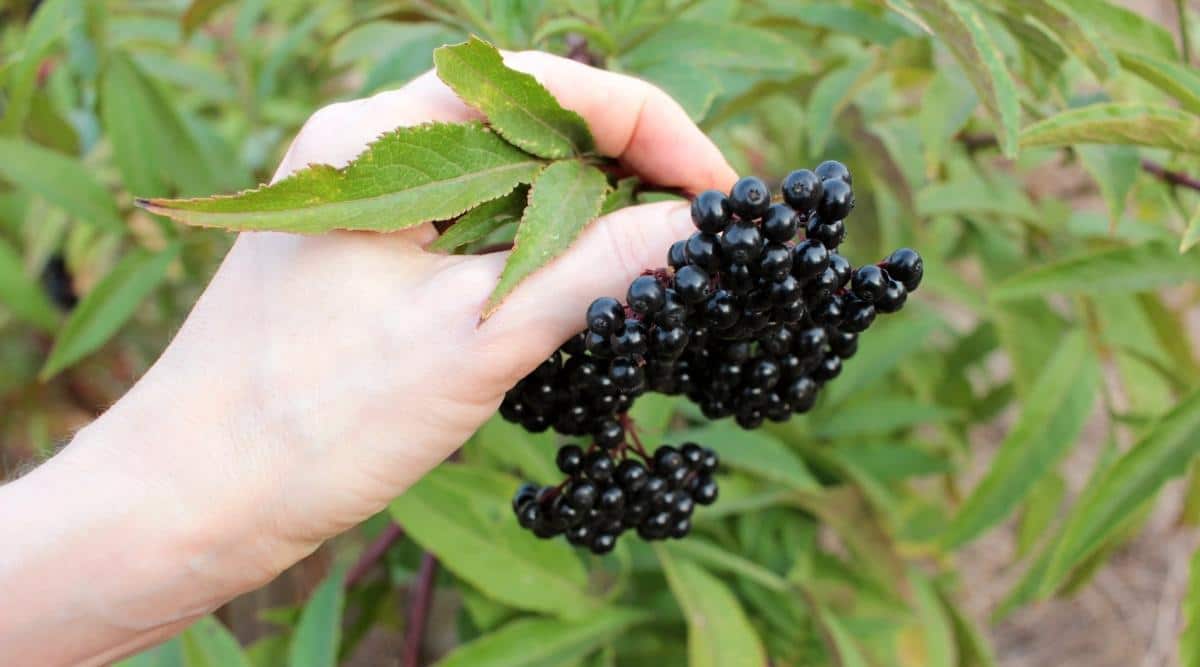Is your garden empty and sad in the shady areas? Are you looking for plants that fill that dull corner with joy? Then today, you are in luck, and the main characters of this blog offer you the perfect solution to that problem.
Today there is a widespread belief that all vegetation needs sun to grow and survive. But what if we tell you that this is not quite right? Many plants can develop optimally under conditions of little or no sunlight. These are known as shade or semi-shade plants.
They are characterized by having large leaves, responsible for capturing as much light as possible. They also tend to have small flowers and are perfect for decorating the house’s interior, but we can also see them outside.
Some examples are Ferns, Thiefembaquias, Potos and even the Begonia.
What Are Shady Plants?
As we told you at the beginning of this post, not all plants need direct sunlight to grow well. Some vegetation can develop even in the absence of light, and these varieties are known as shade plants.
If they can live in dark spaces, where should they be planted? Many of them can be grown outdoors, such as in the garden, covered areas, terraces, balconies, etc. Others prefer to stand in an indoor room and become part of the home decoration.
Today, there are many species of plants that can live without sunlight, and below we will show you which are the most popular species.
1) Dieffenbachia, Green, Beautiful, and Poisonous!
Dieffenbachia is one of the best plants that tolerate shade. Although it survives in shady areas, it cannot withstand direct sunlight or extreme humidity. This popular strain can grow up to 3 meters high, has an upright and fleshy stem from which long leaf stalks sprout with a diameter of 60 cm (approx.).
The main reason for the popularity of thiefembaquia is the leaf. They are broad, extensive, and of a very intense green color. As far as they are concerned, you should know that they have great toxicity together with the stem. If they are chewed or swallowed, the lips, tongue, or throat can become inflamed.

2) Ferns, Plants With Hanging Leaves
The fern is a kind of plant that has lived on our planet for millions of years. Since then, it has developed worldwide, except for certain areas: deserts and polar regions.
Each of the numerous species that make up this type of vegetation has adapted to life in shady or semi-shade areas, both indoors and outdoors. And as far as the latter is concerned, ferns have become one of the most popular indoor plants thanks to their leaves’ spread.
And what do they look like?
The common feature is that they look elongated, narrow, and elegant. The stem is underground and has an exceptional reproduction through “sporangia.” Ferns are usually grown in hanging jars. This shady plant comes from shady forests, shrubs in rainy areas, and poor soils in regions such as the Mediterranean or the tropics. It needs a temperate climate and high humidity to grow.

3) Potos, Indoor Climbing Plants
Known as potos, climbing plants are very popular because of the ease of cultivation and maintenance. It is a very resistant strain that easily recreates. It also needs a certain amount of light to live, unlike other shade plants.
As for growth, you should know that this plant seeks sunlight by developing very long stems covered with small leaves. These are green with whitish patches, and depending on the light they receive, they may or may not increase in size. It is considered a shade or semi-shade plant because it does not tolerate direct sunlight as it could burn. Therefore, it is recommended to place it in relatively bright places or spaces such as windows.

4) Azaleas
The azaleas are very demanding, but they can provide good opportunities for your garden with some basic care.
This variety grows in shrubs and has wide flowering throughout the plant, usually in red, pink, and white shades. It takes a lot of care to keep the flowers in good health, but it can flower for several months under optimal conditions. It does not support direct light.

Which of these plants are you considering to plant in your garden? Share your thoughts with us in the comments below!



